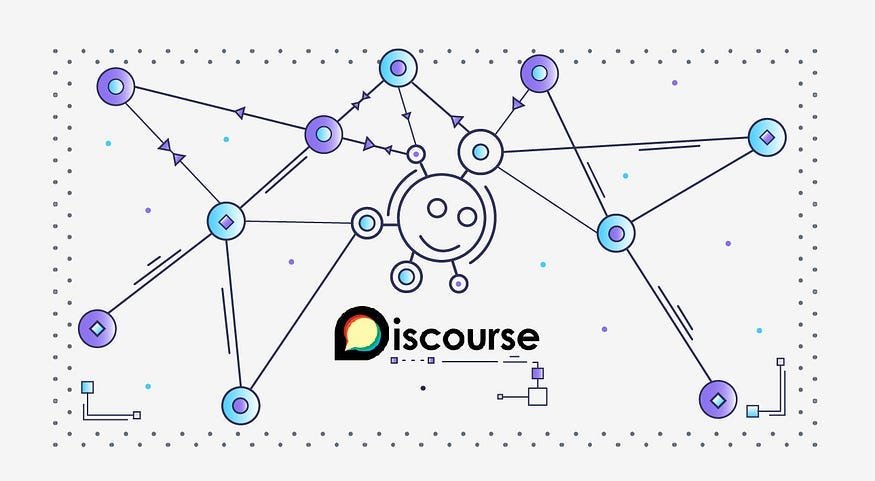The role of discourse analysis in understanding human communication
Human conversations serve as a vital mode of communication, playing a pivotal role in our everyday existence. Discourse analysis, a field focused on understanding language use in social contexts, has evolved through various disciplines and developments over time. It traces its roots to early structural linguistics and the work of Ferdinand de Saussure. The emergence of sociolinguistics in the 1960s emphasized the social aspects of language, while ethnomethodology and conversation analysis highlighted the sequential organization and social norms of conversation. With the onset of digital age in the 21st century, we have witnessed the rise of multimodal discourse analysis, exploring the interplay of different modes in communication. Advances in computational methods and corpus linguistics have further enhanced discourse analysis.
Conversations have been of keen interest to linguistic scholars, who have traditionally employed manual techniques and methodologies to decipher hidden patterns in them. Let’s now explore a concise overview of the traditional three-step approach adopted by these experts.
- Data Gathering: Large corpora of conversational data, comprising written or transcribed conversations were gathered from various sources such as interviews, focus groups, and social interactions. They were analyzed to identify patterns, linguistic structures, and discourse markers that characterize conversations.
- Linguistic Annotation: Annotation involved manual labeling of conversational data with linguistic information, such as part-of-speech tags, syntactic structures, semantic roles, and discourse markers. This annotation facilitated the identification and analysis of linguistic features specific to conversational data.
- Statistical Modelling: Finally, statistical modeling techniques were utilized to analyze conversational data. This involved applying methods such as regression analysis, clustering, topic modeling, and probabilistic models to identify patterns, relationships, and underlying structures within conversations.
NLU (Natural Language Understanding) based technologies have enabled rapid advancements in discourse analysis by providing powerful tools and techniques to analyze and understand the structure, meaning, and context of human conversations. Here are some ways in which NLU has contributed to the progress in this area:
- Parsing and Dependency Analysis: NLU technologies utilize advanced parsing algorithms to analyze the grammatical structure and dependencies within sentences and larger discourse units. This enables the identification of syntactic patterns, discourse markers, and the relationships between different elements in a conversation.
- Coreference Resolution: Coreference resolution is the task of determining which expressions in a text refer to the same entity. NLU technologies employ coreference resolution algorithms to link pronouns, noun phrases, and named entities across a conversation. This allows for the tracking of references and the identification of discourse elements
- Sentiment and Subjectivity Analysis: NLU techniques enable the identification of sentiment and subjectivity in discourse. By analyzing the language and expressions used in a conversation, NLU models can determine the sentiment polarity (positive, negative, or neutral) associated with specific utterances or segments of discourse.
- Dialogue Act Classification: NLU technologies support dialogue act classification, which involves categorizing utterances or turns in a conversation based on their intended function or speech act. By recognizing dialogue acts such as questions, requests, commands, greetings, or agreements, NLU models enable the analysis of interactional patterns, turn-taking dynamics, and the communicative purposes of different discourse segments.
Discourse analysis has gained significant popularity in the context of social media analysis. Social media platforms have become a rich source of textual data generated by millions of users worldwide, making them ideal for studying various aspects of human communication and interaction.
- Vast Amount of Data: Social media platforms generate massive volumes of user-generated content, including posts, comments, tweets, and messages. This wealth of data provides researchers with a large corpus to analyze and understand various aspects of discourse on social media.
- Diversity of Voices: Social media platforms are characterized by diverse user demographics, representing a wide range of backgrounds, opinions, and cultures. This diversity makes social media an interesting and fertile ground for studying how different individuals and groups engage in discussions, express their perspectives, and negotiate meaning.
- Real-Time Analysis: Social media conversations happen in real time, allowing researchers to observe and analyze ongoing discourse as it unfolds. This real-time aspect of social media discourse analysis enables timely insights into emerging trends, public opinion, and social dynamics.
- Interactive Nature: Social media platforms facilitate interactive and dynamic conversations among users. Discourse analysis allows researchers to investigate the back-and-forth exchanges, argumentation, persuasion strategies, and overall patterns of interaction that occur within social media conversations.
- Influence and Virality: Social media has a significant impact on public opinion, information dissemination, and the spread of ideas. Discourse analysis helps in understanding how certain topics or messages gain traction, how information spreads through networks, and how influential users shape the discourse landscape on social media platforms.
- Linguistic Features and Innovations: Social media discourse is characterized by unique linguistic features, such as abbreviations, hashtags, emojis, and informal language. Discourse analysis allows researchers to explore and understand these linguistic innovations and their role in shaping online conversations and identity construction.
The article briefly highlights the importance of conversational analysis and how advancements in NLU has accelerated progress in this domain. By examining linguistic cues, social dynamics and contextual factors, we can uncover underlying patterns, identify communicative strategies, and decode the richness of human discourse. Additionally, it also provides a foundation for developing sophisticated conversational AI systems, improving language processing technologies, and enhancing human-computer interactions.
In the forthcoming articles, I will guide you through a practical tutorial showcasing the extraction of Reddit conversational data, and how discriminative textual features can be derived to facilitate comprehensive conversational analysis. So stay tuned!!!


